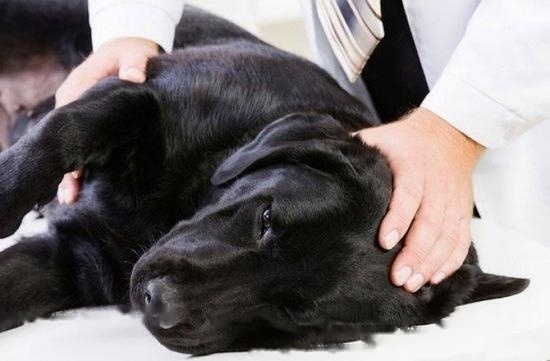A new strain of influenza from Asia has sickened dogs in the American Midwest, experts say. Samples taken by experts for testing showed that the new dog flu virus had never been seen in the United States before. More than 1,000 dogs have now contracted the virus in Illinois, Wisconsin, Ohio and Indiana, and six have died.

Canines have never had this kind of stress before, said Dr. Keith Paulson, a veterinarian and professor at the University of Wisconsin-Madison.
This canine disease exhibits human flu-like symptoms such as: cough, runny nose, fever and loss of appetite. A small number of dogs are carriers of the virus but show no symptoms. The virus can be spread through nose-to-nose contact, which can occur in foster care centers, veterinary clinics, and parks.
The virus has not appeared to infect humans, Dr. Paulson said. Although the possibility of human-to-dog transmission has not been ruled out, he believes that the probability of such transmission is very low. Although there have been no reports of virus-positive cats, there have been reports of cats becoming ill after direct contact with dogs. Dr. Paulson also describes ways to prevent more dogs from getting sick. If you take your dog to the park, keep it on a leash and avoid crowded areas, especially small puppies and older dogs, whose immune systems are very weak. Likewise, if your dog is sick, don't take it around.
The virus has an incubation period of 1 to 3 days and can persist in infected animals for up to 14 days. Symptoms usually last 5 to 7 days, and the cough can last up to several weeks. This new virus is different from the previous dog flu virus H3N8. H3N8 has been circulating in the United States since 2004. The virus, called H3N2, has been found in China, South Korea, and sick animals may have been brought into Chicago.
Vaccines are usually given against the former American dog flu, but only for dogs in high-risk environments. And experts don't know whether a vaccine will be effective against the new virus. Some pharmaceutical companies are already working on new vaccines, but it could be four to six months before they are ready for use.
![[Dog Training 5] The training method of pet dog dining etiquette](/static/img/12192/12192_1.jpg)




